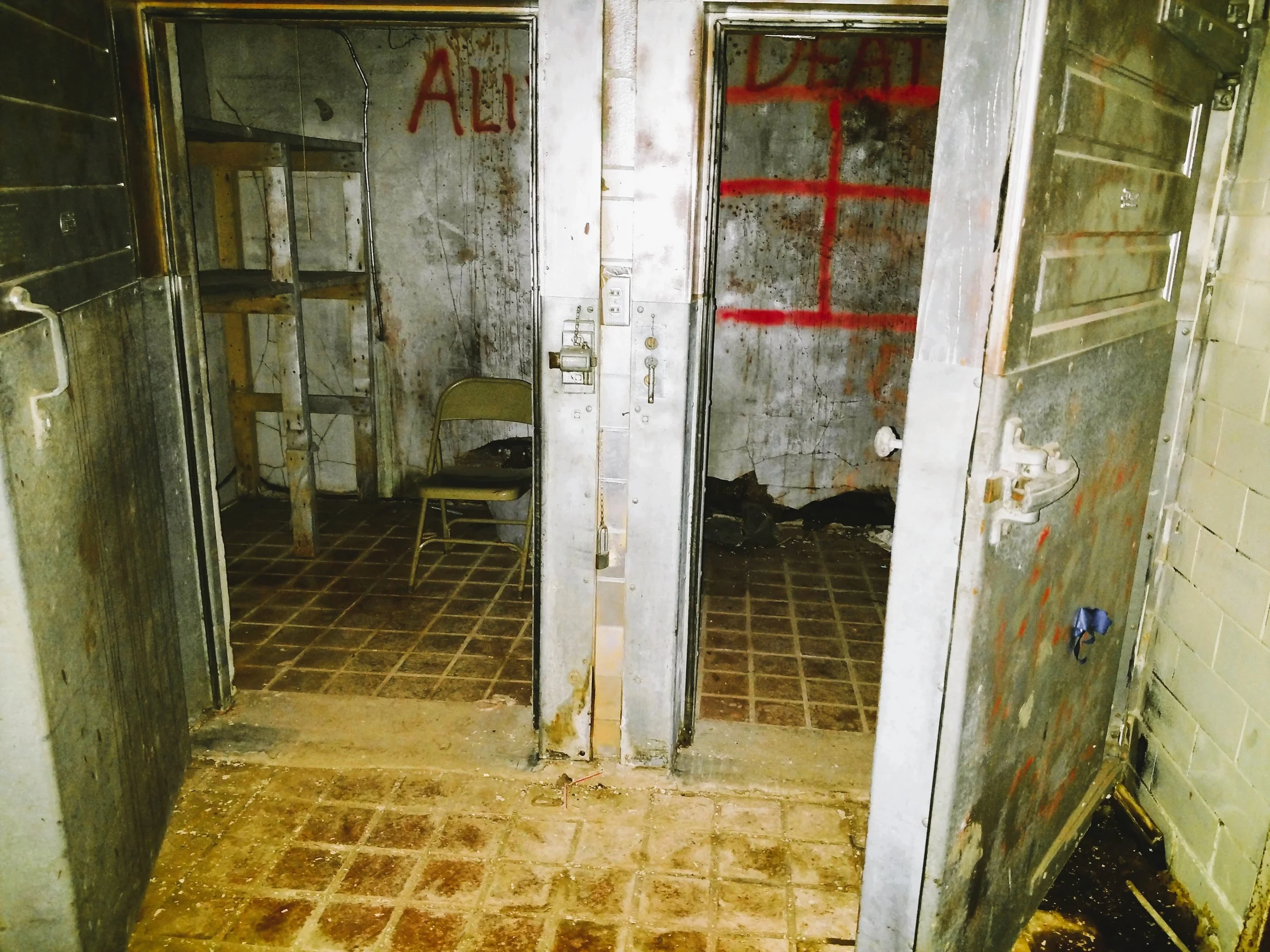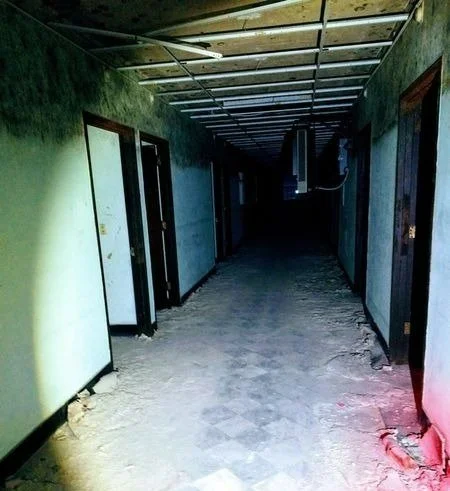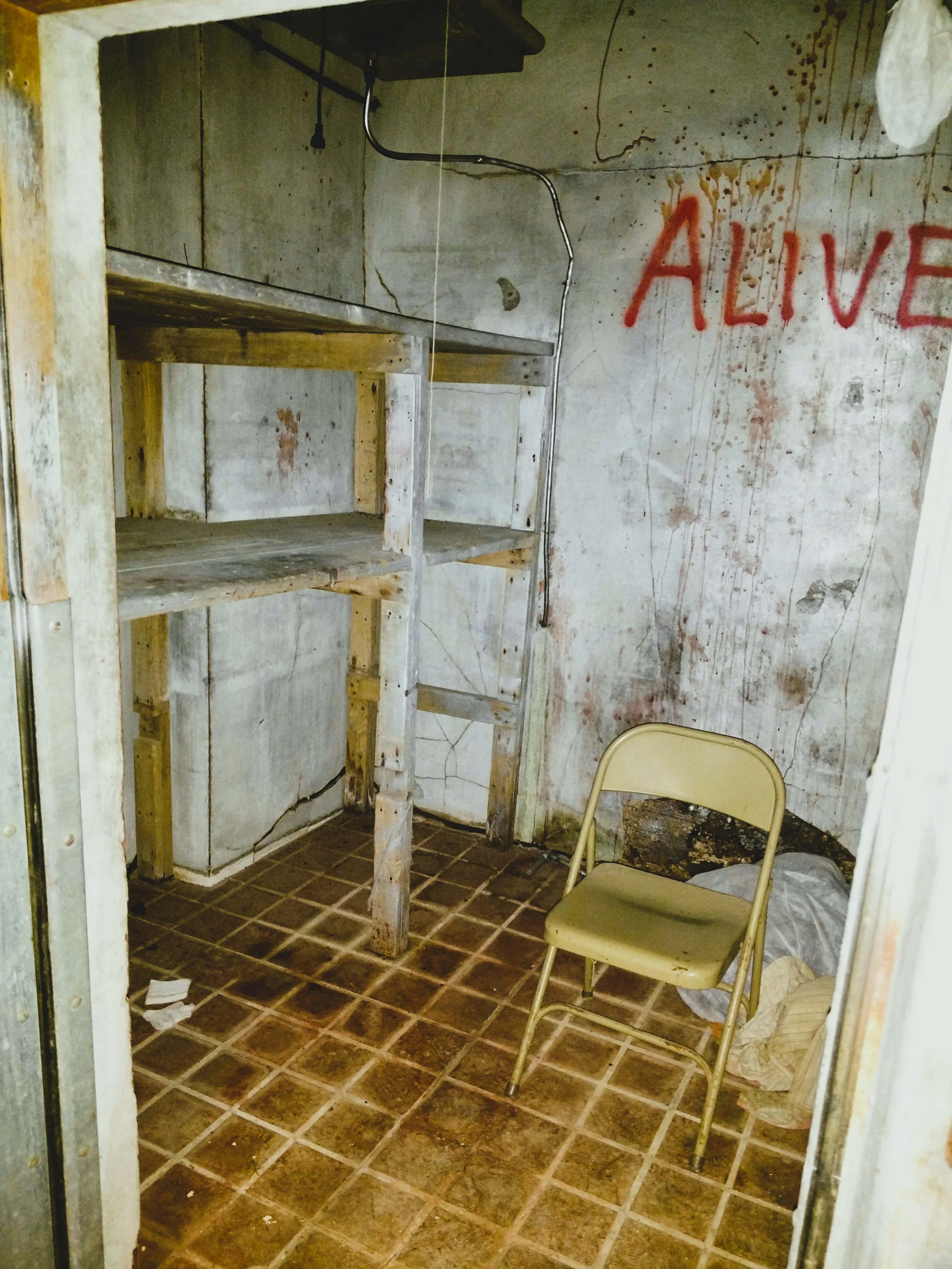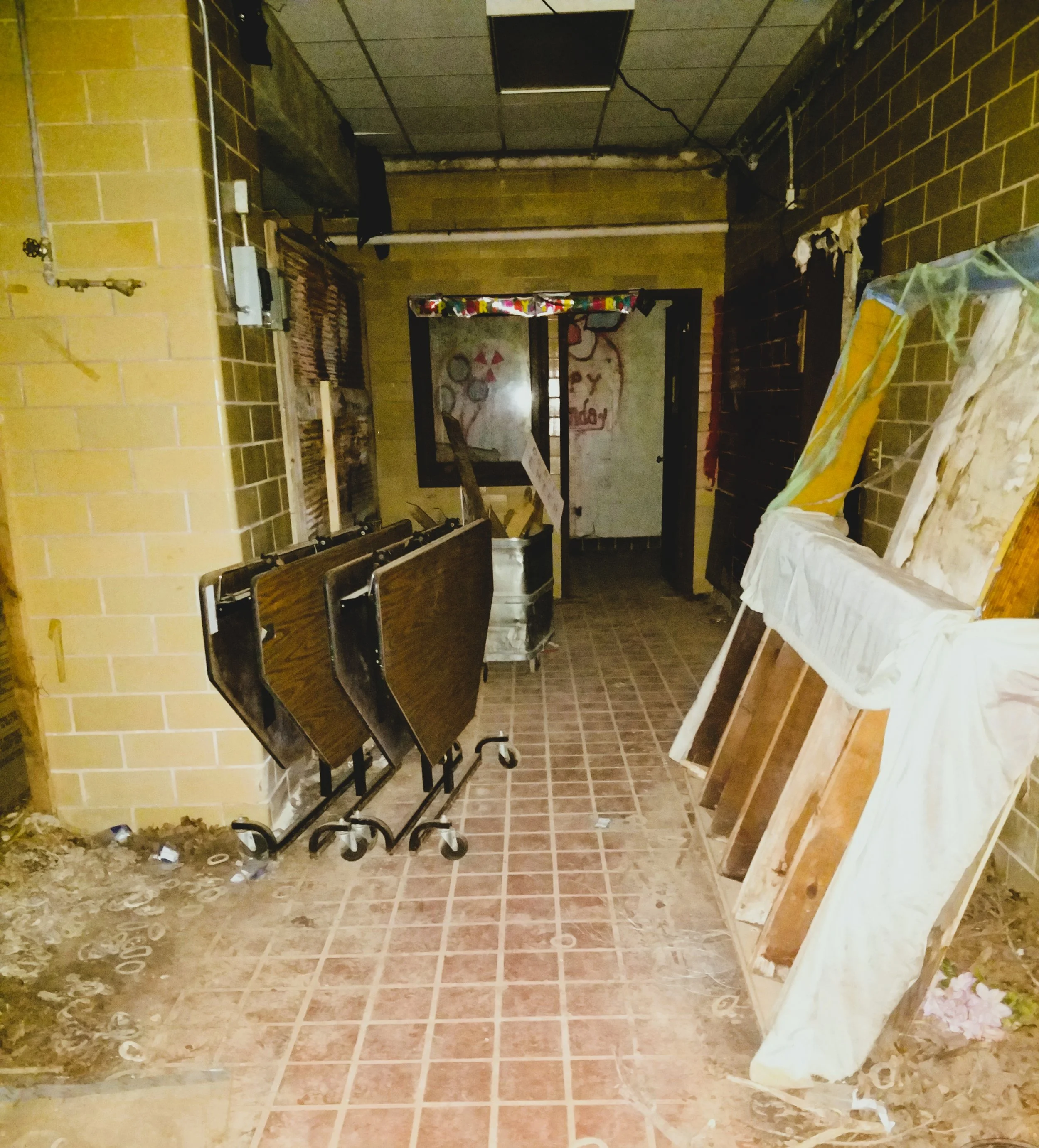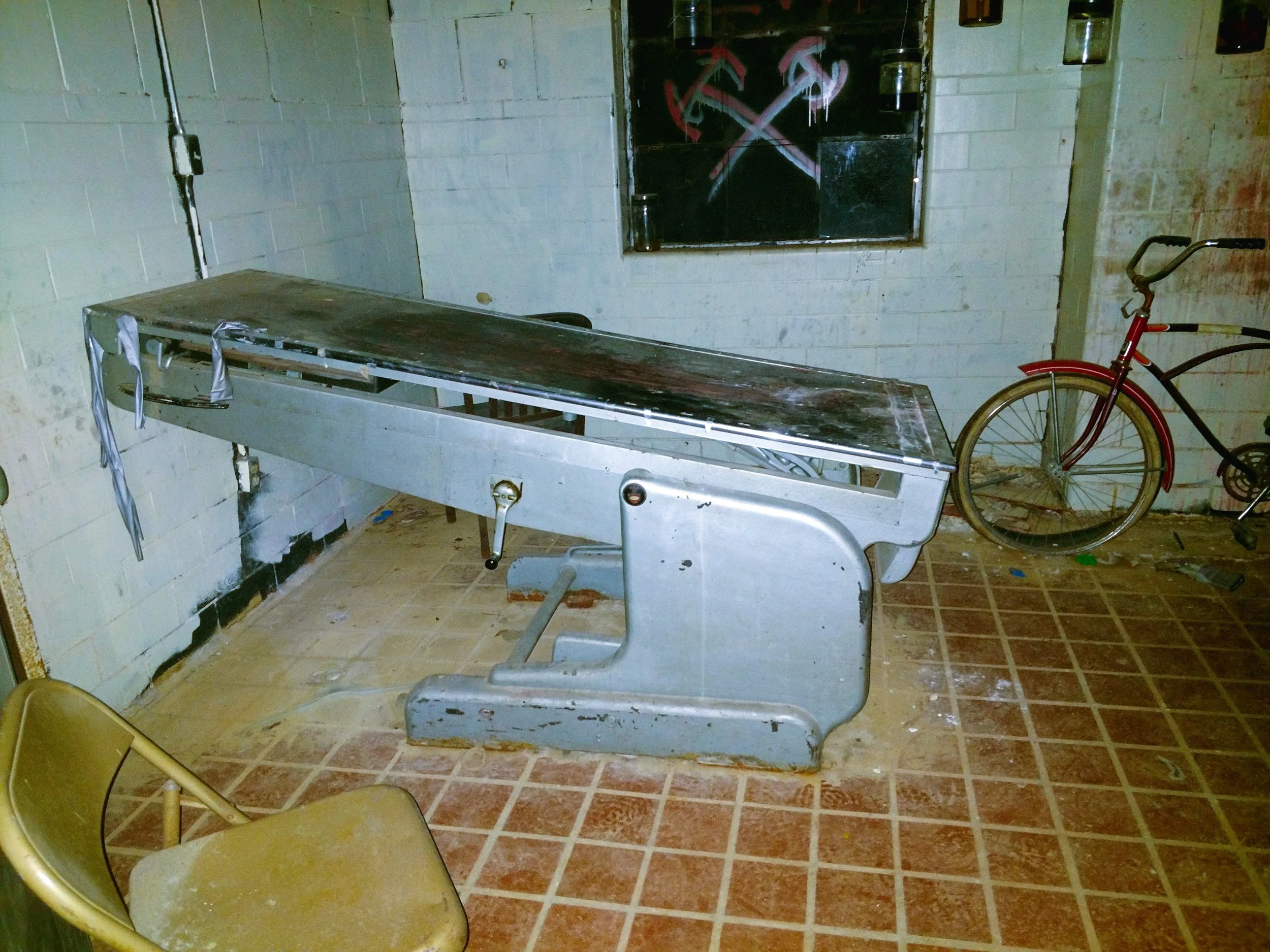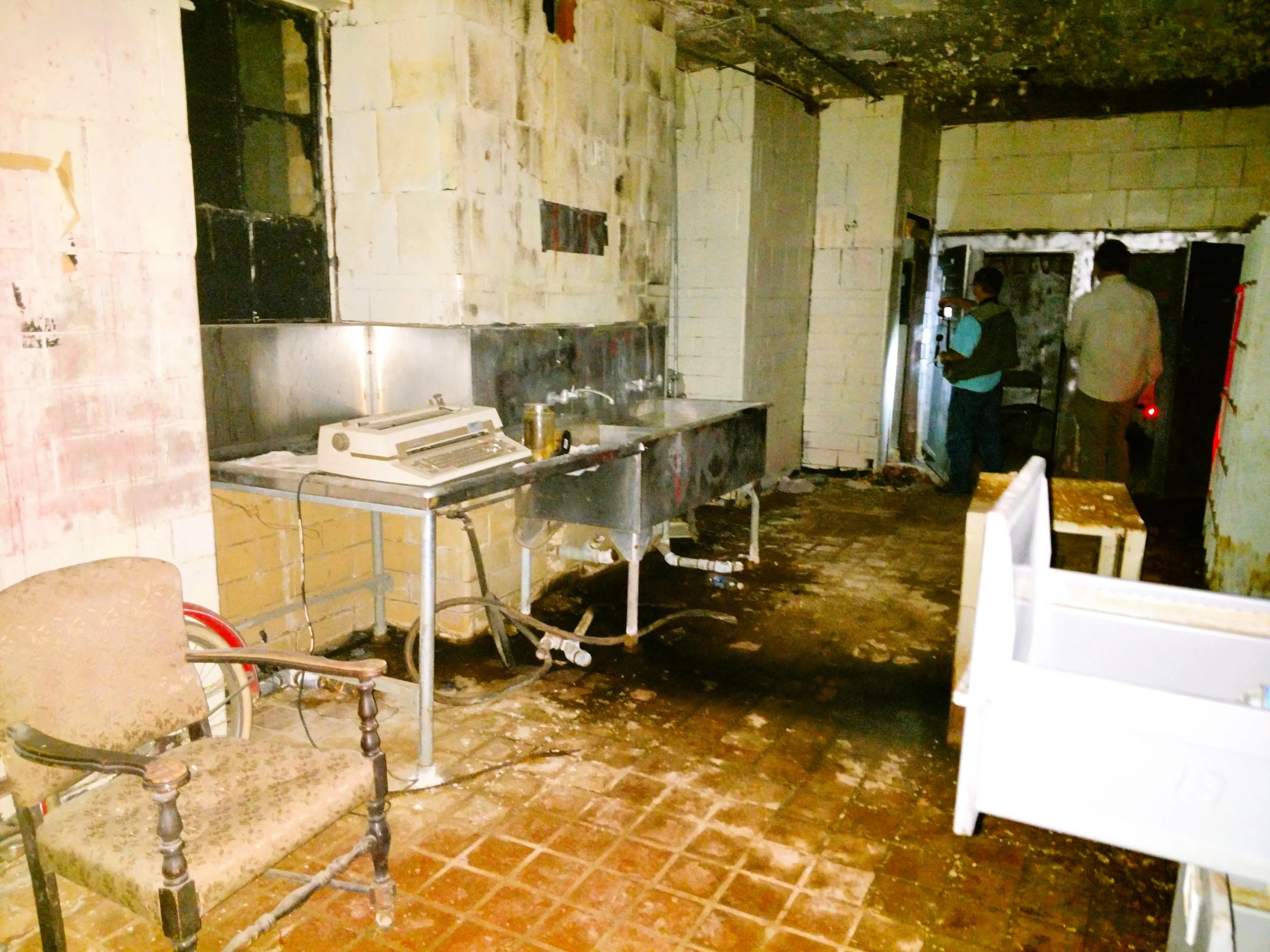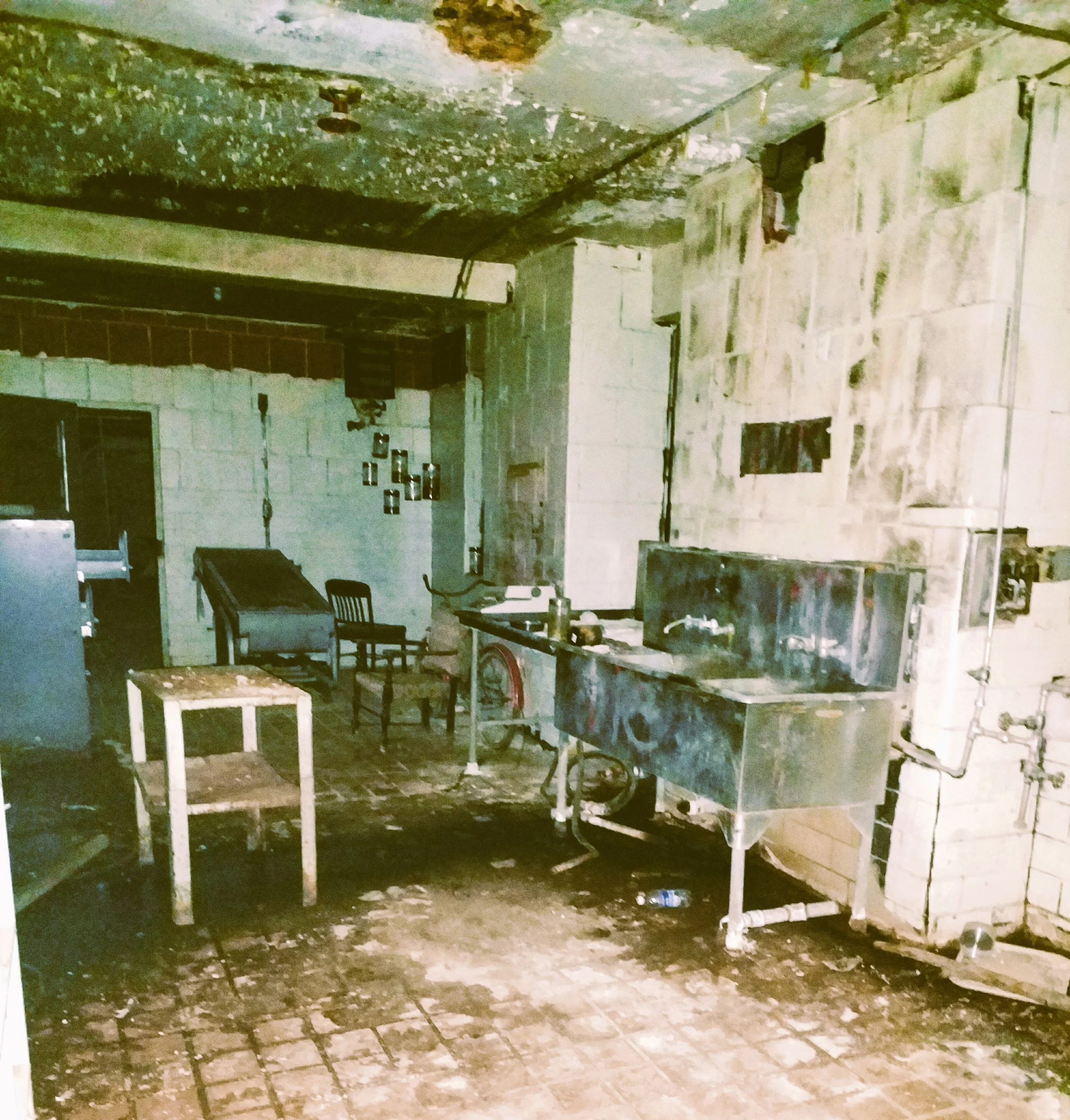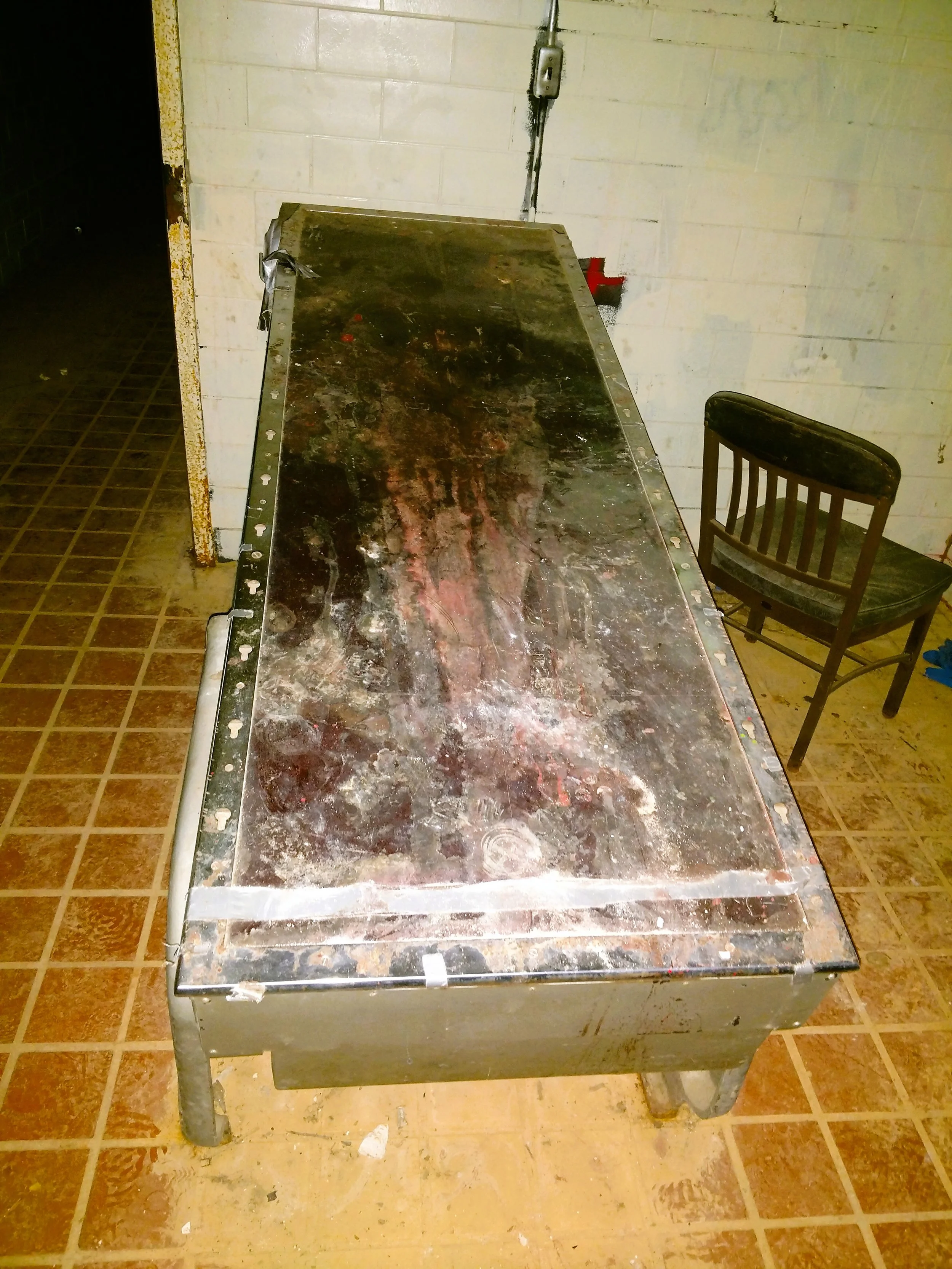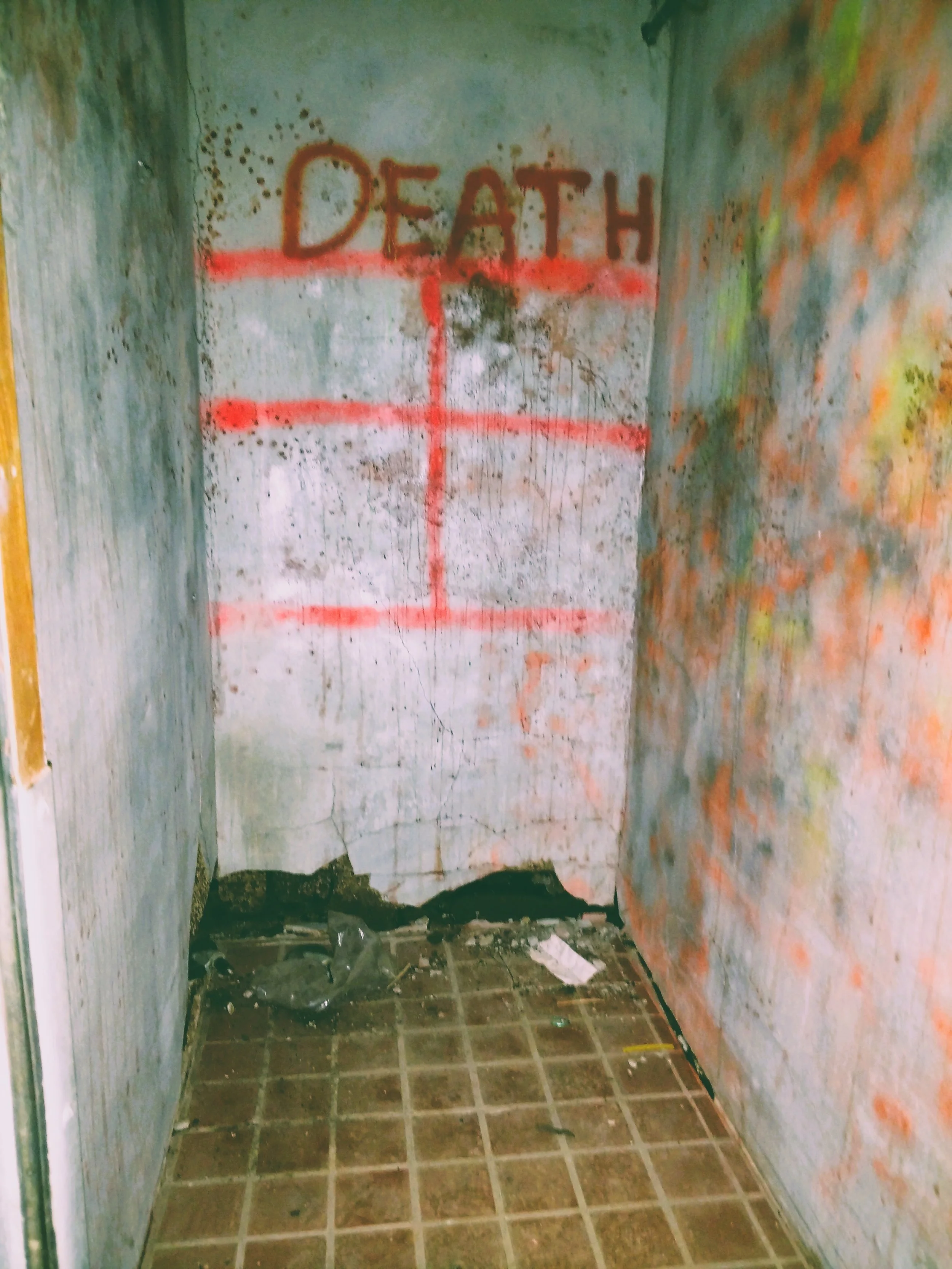The Haunted Arkansas Tuberculosis Sanitorium
Booneville, Arkansas: A Snapshot of History
Booneville, Arkansas, nestled in the foothills of the Ozark Mountains, boasts a rich and colorful history that captivates both locals and visitors alike. The first settlers arrived in the early 1820s and the town grew rapidly in the late 19th century thanks to the St. Louis and San Francisco Railroads. Booneville grew as a key stop for travelers navigating the Texas Road, a vital trade route connecting Missouri and Texas. As the town flourished, the arrival of businesses and industry, including the timber and agriculture sectors, shaped its economy.
During the Civil War, Booneville was divided with residents enlisting in both armies. Booneville played a notable role as a strategic location, leading to various skirmishes in the area. The town's resilience during these tumultuous times laid the groundwork for its post-war recovery and expansion.
Today, Booneville's historical charm and small-town atmosphere are celebrated by its residents and visitors. Landmarks such as the historic downtown area and local museums showcase the rich heritage and stories that define this delightful Arkansas town. From its roots in agriculture to its role in trade and transportation, Booneville remains a treasure trove of history waiting to be explored by anyone with a sense of adventure and curiosity.
1st floor hallway
One of the investigators exploring one of the floors
Arkansas Tuberculosis Sanatorium History
The Arkansas Tuberculosis Sanatorium was established in 1909 in Booneville, Arkansas. It was built during a time when tuberculosis (TB) was a leading cause of death in the United States, with a significant social stigma attached to the disease. The sanatorium was part of a broader public health initiative to provide care for TB patients, offering not only treatment but also isolation from the general population.
The facility was set in the picturesque Ouachita Mountains, where the fresh air and rural setting were believed to aid recovery. Over the years, the sanatorium expanded, introducing several more buildings to accommodate the growing number of patients. The architectural style ranged from simple utilitarian structures to more elaborate designs, reflecting the evolving understanding of healthcare and patient needs.
Patients at the Arkansas Tuberculosis Sanatorium followed a regimen of rest, good nutrition, and fresh air, often spending time outdoors in sunrooms or porches. The sanatorium was commended for its therapeutic gardens, which provided an oasis for patients amidst their struggles. The community that formed within the walls of the sanatorium was tight-knit, with activities that fostered connection among residents, including plays, musical performances, and garden parties.
By the 1940s, advancements in medicine, particularly the development of antibiotics like streptomycin, significantly decreased the incidence of tuberculosis. As a result, the need for specialized treatment facilities declined, and the Arkansas Tuberculosis Sanatorium closed in 1972, marked by a new era in tuberculosis treatment.
The Arkansas Tuberculosis Sanatorium offers a spine-tingling experience for the adventurous traveler interested in paranormal phenomena and dark history. For paranormal enthusiasts, it is said to be haunted by the spirits of former patients, with reports of strange noises, unexplained apparitions, and other eerie occurrences. The remnants of the sanatorium now serve as a fascinating destination for dark tourism, offering insight into the past struggles against infectious diseases and the resilient human spirit.
Visitors can explore the grounds and reflect on the lives of those who once sought healing in the shadows of its walls, making it a compelling stop for those curious about history and the supernatural. As you stand before the sanatorium’s imposing façade, you can almost hear whispers of the past echoing through its walls—memories of patients who once roamed the halls, seeking solace and healing from their ailments. The air is charged with stories of struggle, despair, and sometimes, inexplicable encounters.
Paranormal Reports:
Shadow Figures: Many visitors have reported seeing shadowy silhouettes darting in and out of rooms, particularly in the patient wards and common areas. Some believe these to be the spirits of former patients who never left.
Cold Spots: As you walk through the extensive grounds, be on the lookout for sudden drops in temperature. These cold spots can indicate the presence of a spirit, making them a hotspot for ghost hunters and thrill-seekers alike.
Disembodied Voices: Captured on tape and shared online, the eerie sounds of whispers and laughter have been recorded during nighttime investigations, adding to the sanatorium's haunted reputation.
Mysterious Footsteps: Numerous accounts have shared experiences of footsteps following visitors as they navigate the dimly lit halls, only to turn around and find no one is there.
One of the more interesting experiences we had involved the balloons that were hanging on the walls of the first floor. We often heard them squeaking even when we saw no movement in them. The building has doors that close and lock securely so there was no environmental factors such as wind impacting them.
Conclusion
The Arkansas Tuberculosis Sanatorium is large enough to bring several team members. The top floor had some strong odors due to birds that had nested (and a couple that we found dead) so I recommend taking masks, especially if you have breathing issues. Not only does the Sanatorium serve as a testament to the struggles faced by tuberculosis patients but also as a portal into the realm of the supernatural. Whether you are a history buff, ghost hunter, or simply seeking a unique getaway, this storied site provides a thrilling adventure wrapped in the eerie embrace of its past. Embrace your curiosity and prepare for an unforgettable journey where history, hauntings, and the occasional chill down your spine await you.



